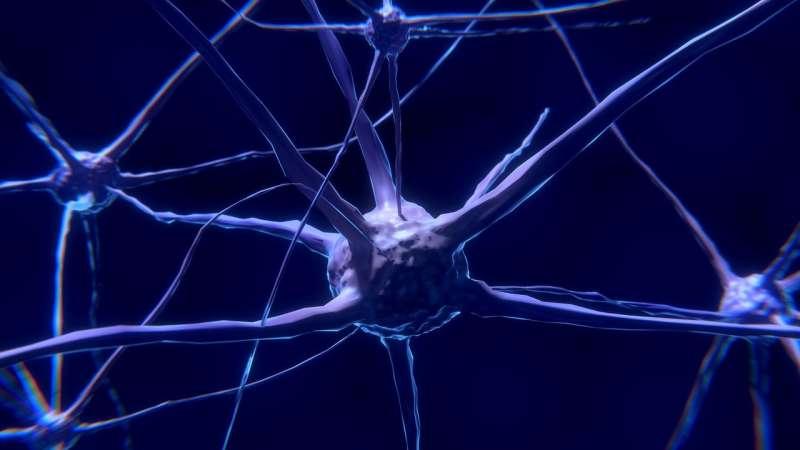Mouse studies show 'inhibition' theory of autism wrong

A detailed study of four mouse models of autism challenges the most common assumption about what goes wrong in brain circuits to cause disease symptoms.
The major hypothesis today—one supported by many animal studies—has been that neurons in the autistic brain receive too little inhibition or too much excitation, which causes hyperexcitability or increased "spiking." This excess spiking is thought to act as noise that interferes with normal brain function. Such noise could lead to the characteristic symptoms of autism in humans: problems with social interactions, language deficits, repetitive thoughts and behaviors and hypersensitivity to sensory stimuli.
Researchers are even now looking for ways to increase overall inhibition of neurons in the brain to try to reset the balance between excitation and inhibition and hopefully lessen the symptoms.
In a new study, however, University of California, Berkeley, neuroscientists demonstrated that while inhibition does decrease in the brains of these mice, altering the balance between excitation and inhibition, the changed balance does not affect spiking at all. Instead, this altered balance seems to be a compensatory mechanism that stabilizes brain activity in response to the disorder.
"Many groups are searching for ways to increase inhibition in the brain, either through drugs or through gene therapy, on the assumption that increasing inhibition will restore the brain back to normal," said study leader Daniel Feldman, a UC Berkeley professor of molecular and cell biology and member of the Helen Wills Neuroscience Institute. "But actually, our results suggest that loss of inhibition might represent a useful compensation that the brain is doing, or might be unrelated to disease symptoms. And if you go in there and increase inhibition, you might make things worse or you might not affect things at all."
The finding should send researchers back to the lab to determine what is actually causing the decreased inhibition and increased excitation, and what role these changes play, if any, in the brain, he said.
Feldman and his UC Berkeley colleagues will report their findings Jan. 21 in the journal Neuron.
Autistic mice
"Autism is a big puzzle," Feldman said. "The main advance in the past 10 years has been to show that a very high fraction—at least 50 percent—of the risk for autism is actually genetic. But it is not a single gene, it is hundreds of genes. How do you understand how multiple gene mutations can all lead to similar—not the same, but similar—kinds of disorders along the spectrum that we call autism?"
Mouse models have helped a lot, he said. Each mouse strain has been engineered with a single genetic mutation identical to one of the dozens already discovered in people with autism, and the mice exhibit behaviors that resemble those on the human autism spectrum, primarily impaired social interactions and repetitive behavior.
"With these mouse models, researchers want to test different strategies for improving symptoms, but before we can really do that effectively, we need to figure out what mechanistically is going wrong in the brain to generate the cognitive, motor and behavioral symptoms of autism," he said.
He chose four well-validated mouse models, each with a single genetic defect mimicking one found in humans, and investigated synapse properties and neuron firing to systematically test the excitation-inhibition balance theory. In all the mice, inhibition was lower than normal, and excitation was also lower, though less so, leading to an increase in the excitation-inhibition ratio. The standard hypothesis predicts that this increased ratio should have led to more neuron firing or spiking.
He found, however, that even though the ratio of excitation to inhibition was higher than in normal mouse brains, neurons maintained a normal spiking rate. This was because the changes in inhibition and excitation were precisely coordinated to offset each other.
He views this as a highly effective accommodation by neurons to these genetic mutations, representing the brain's normal compensation mechanism for restoring neuronal activity. But decreased inhibition may have unwanted secondary effects that impair other aspects of neural information processing, such as the tuning each neuron has to specific stimuli.
"Changes in the excitation-inhibition ratio might be successfully compensating to maintain a relatively normal firing rate, but a side effect of that compensation may be that they degrade the precision of the coding information," he suggests. "So even though there are not more spikes, the spiking could encode information less precisely."
He is continuing his studies to determine what other effects lowered inhibition have that could explain autism symptoms. He is focusing on mice that also have sensory impairment, such as hypersensitivity to sound or touch, in addition to antisocial and repetitive behaviors.


















